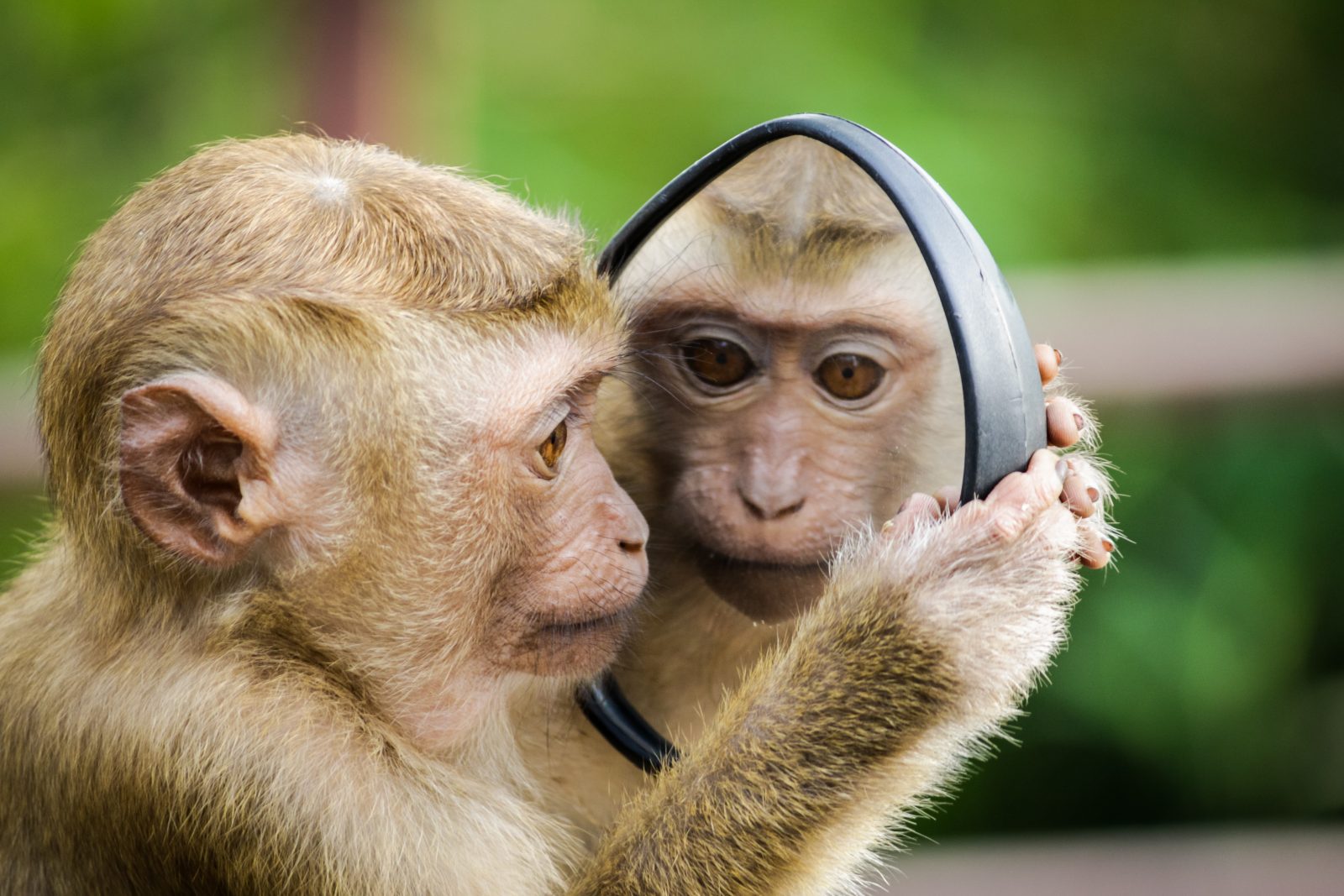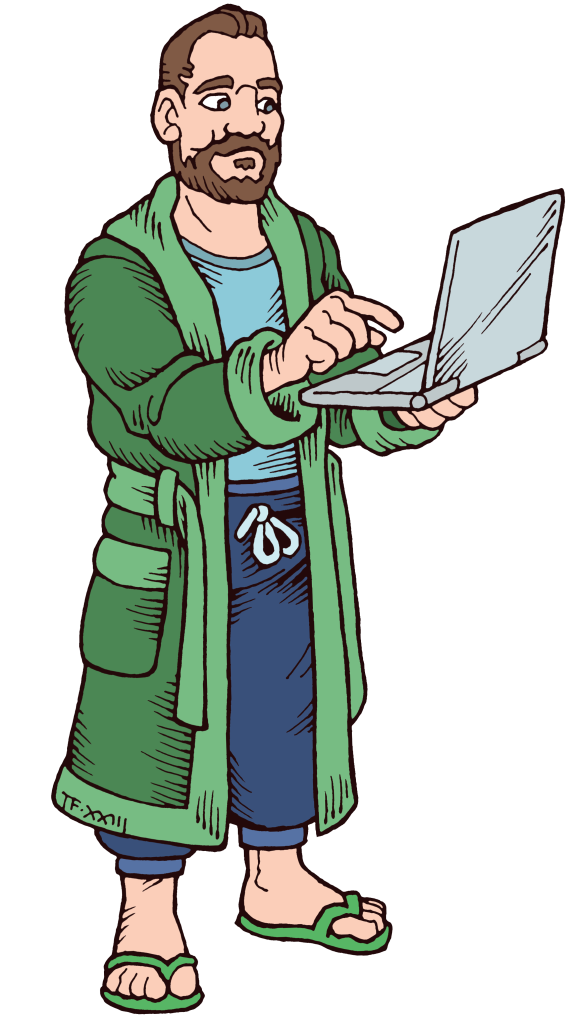The Infinite Monkey Exercise is a way to plan your projects using an iterative, scalable approach to blue-sky thinking based on the infinite monkey theorem:
The infinite monkey theorem states that a monkey hitting keys at random on a typewriter keyboard for an infinite amount of time will almost surely type any given text, such as the complete works of William Shakespeare.
Wikipedia
The exercise pushes you to answer one simple question: If you had a monkey with an infinite amount of time building your idea, what could it look like? It then takes things further by returning to your thoughts and allowing you to iterate on what you have considered by paring down your ideas until you have a complete outline.
If you had a monkey with an infinite amount of time building your idea, what could it look like?
Tweet
While I first developed this framework when planning an online platform, it can be used for any product, website, event, or idea that you’re wanting to bring to fruition.
So, what does the framework look like?
First, clarify your overall goal
This framework assumes you already have your overall goals statement and you know what you’re wanting to achieve in a general sense. Make sure you have that clearly in your mind, as you will frequently refer back to it during the exercise. If you need some help with this, MindTools has a solid guide on setting goals using the SMART mnemonic – something I learned about in my teens and have used frequently ever since.
Monkey #1: End-goal planning
You have your overall goal, so you know what you’re wanting to achieve and you can get your first monkey on the case. Give that monkey infinite time and see what they can think of using only your overall goal as the context for their work. This is your first phase of blue-sky thinking – throw out ideas that reflect what your ideal finished solution will look like. Focus on the end-goal and conceptualise a complete idea that you would like to see created.
The key here is to aim big – let your creative juices flow and don’t hold back. Think outside of the bounds of money, time, resources, and even logic – create something incredible and don’t think about how you’ll get there.
Reflection time
In the first phase, it’s easy to let things run away from you and to lose sight of your stated goal. Take some time here to reflect on your goal and see if the idea that you have conceptualised fits into that goal or if some adjustment is needed. It’s OK if you need to make some changes, but keep your initial thoughts recorded for future reference.
Monkey #2: Early-stage planning
So you have your overall goal and you know what you want your ultimate product to look like. Now you need to look at how you’re going to get there – what does your product look like earlier in the process? Bring in your second monkey and give them the context of all the work your first monkey has done. Keep your overall goal at the top of your mind, along with the finished product that you conceptualised in the first round.
The idea in this phase is to work out how you’re going to get to your complete product and what you need to put in place to make that possible.
Reflection time
At this point, you have a pretty good idea of where you’re going and how you’re going to get there. Once again, you need to take a minute to reflect on what you have planned out and make sure it fits into your overall goal for the product. Make some changes if you need to, but always keep your original ideas noted for posterity.
Another thing you need to decide on at this stage is whether you would happy to ship the work of your second monkey as a product while you continue working towards your complete idea. Does the product you have outlined here comprise a minimum viable product (MVP) that you would happy for other people to see? If it does not, then you’ll need to bring in another monkey to help you develop an even earlier iteration of the product.
OPTIONAL: More monkeys!
Need another monkey? Bring it in! Create another level of your plan so you have something to work towards before you get to the work that monkey #2 came up with. Depending on the size of the project, you may need more than one more monkey, in which case you can simply follow the same process each time as you did with your second monkey. Don’t forget to spend time reflecting on your work after each round of planning to see where you are and whether you would consider your work to be MVP at that stage, and always keep your overall goal at the top of your mind.
This framework will help you create a phased project plan with a deliverable MVP, multiple iterations and a finished product, all of which aligns with your primary goal for the project. Now all you need to do is start bringing your plans to life!





Leave a Reply